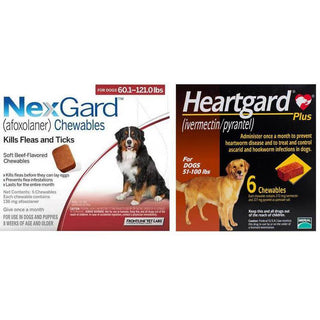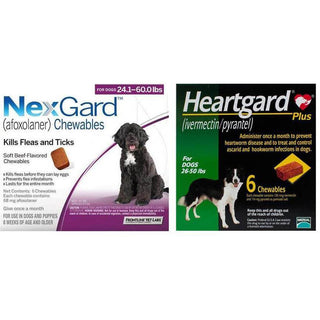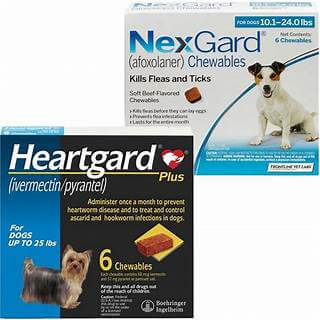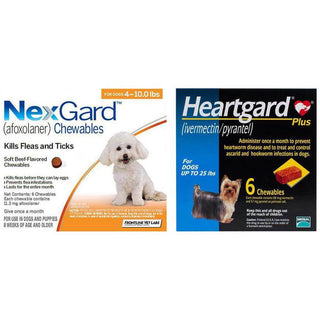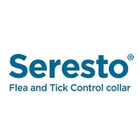
Just like humans, dogs can also suffer from acne — small red bumps, blackheads, or pustules that usually appear on the face, chin, lips, or muzzle. While it may seem concerning, dog acne is a fairly common skin condition that, in most cases, can be managed with proper care and treatment.
This blog will help you understand what causes dog acne, how to identify it, and the best ways to treat and prevent it so your furry friend stays healthy and comfortable.
What Is Dog Acne?
Dog acne occurs when the hair follicles on your dog’s skin become irritated or infected, leading to inflammation and the formation of pimples, pustules, or blackheads. It most commonly appears on the muzzle and chin because these areas are more exposed to dirt, food particles, and bacteria.
In mild cases, acne appears as small, red bumps or black dots. In severe cases, it can develop into pus-filled lesions or cause your dog’s skin to become crusty and painful.
Which Dogs Are More Likely to Get Acne?
While acne can affect any dog, certain breeds are more prone to developing it. Dogs with short coats and wrinkled skin are particularly vulnerable. Breeds that commonly experience acne include:
- Boxers
- Bulldogs (English and French)
- Rottweilers
- Dobermans
- Great Danes
- Mastiffs
Young dogs, especially those going through hormonal changes during adolescence (typically 5 to 8 months of age), are also more likely to develop acne. However, it can appear in adult dogs due to other underlying issues.
Common Causes of Dog Acne
There isn’t a single cause for dog acne — it can result from multiple factors. Some of the most common include:
Hormonal Changes:
Just like teenage humans, adolescent dogs often experience hormonal fluctuations that can trigger acne.
Friction and Trauma:
Constant rubbing of the chin or face against hard surfaces (like food bowls, carpets, or toys) can irritate hair follicles and cause inflammation.
Poor Hygiene:
Dirt, bacteria, or food residues trapped on the muzzle or chin can clog pores, leading to infection.
Allergies:
Dogs with environmental or food allergies may develop skin irritation that contributes to acne.
Stress or Weak Immune System:
Stress and low immunity can make the skin more vulnerable to infections and inflammation.
Underlying Medical Conditions:
Conditions like folliculitis or mange can cause symptoms similar to acne and should be ruled out by a veterinarian.
Recognizing the Symptoms of Dog Acne
Identifying acne early can prevent it from worsening or becoming infected. Common signs include:
- Red bumps or blackheads on the chin, muzzle, or lips
- Swelling or redness around the mouth area
- Pus-filled pimples or scabs
- Hair loss in affected areas
- Excessive rubbing or scratching of the face
- Pain or sensitivity when touched
If you notice bleeding, open sores, or signs of discomfort, it’s best to consult your vet immediately.
How Is Dog Acne Diagnosed?
Your veterinarian will typically perform a physical examination and may take a skin scraping or bacterial culture to rule out other skin issues, such as fungal infections, parasites, or allergies, that may be contributing to your acne. In some cases, microscopic tests can help identify bacteria or mites that may be contributing to the condition.
Treatment Options for Dog Acne
Treating dog acne depends on its severity and underlying cause. Here are the most common treatment methods:
Topical Cleansers:
Your vet may recommend an antibacterial or medicated shampoo or wipe containing benzoyl peroxide or chlorhexidine to clean the affected area. These help remove dirt and bacteria while keeping the pores open.
Topical or Oral Antibiotics:
For moderate to severe infections, your vet may prescribe antibiotics to reduce inflammation and control bacterial growth.
Anti-inflammatory Creams:
Corticosteroid creams or ointments can help soothe redness, swelling, and discomfort.
Warm Compress:
Gently placing a warm, moist cloth on the affected area several times a day can soothe irritation, reduce swelling, and promote faster healing of the pimples.
Avoid Picking or Squeezing Pimples:
Never try to pop your dog’s pimples. This can worsen infection, cause pain, and lead to scarring.
Switch to Stainless Steel or Ceramic Bowls:
Plastic bowls can trap bacteria and contribute to skin irritation. Switching to metal or ceramic bowls can help prevent future breakouts.
Address Allergies or Dietary Issues:
If your dog’s acne is triggered by food or environmental allergies, your veterinarian might suggest switching to a hypoallergenic diet or conducting allergy tests to identify and eliminate the root cause.
Home Care Tips for Managing Dog Acne
- Keep your dog’s face clean: Wipe your dog’s mouth and chin after meals to remove leftover food and bacteria.
- Avoid irritants: Don’t use human skincare products or harsh cleansers on your dog’s skin.
- Groom regularly: Regular grooming helps remove dirt, excess oil, and loose hair that can clog pores, promoting a healthy appearance.
- Maintain a healthy diet: A balanced diet rich in omega-3 fatty acids supports healthy skin.
- Monitor for recurrence: If acne persists or keeps returning, discuss long-term management with your veterinarian.
Can Dog Acne Be Prevented?
While it may not always be preventable, you can significantly reduce the chances of recurrence with good hygiene and proper care. Regular cleaning, using clean bowls, and avoiding irritants go a long way in maintaining your dog’s healthy skin.
For dogs prone to acne, using vet-approved antibacterial wipes after meals and playtime can also help.
When to See a Veterinarian
Seek veterinary attention if your dog’s acne becomes severe, spreads quickly, or seems painful. Persistent or infected acne could indicate deeper skin infections or hormonal imbalances that require professional treatment.
Your veterinarian can provide tailored advice and medication to effectively control the condition.
Conclusion
Dog acne is a common yet manageable skin condition. With regular cleaning, the proper treatment, and veterinary guidance, most dogs recover fully without complications. Paying attention to your dog’s skin health and maintaining good hygiene can help prevent flare-ups and ensure a happier, healthier pet.
If your dog frequently experiences skin issues or allergies, consult your veterinarian to rule out underlying conditions and discuss preventive care options.


